26.5.15
I explored the centre of Vilnius today.In the very compact old city there is still the medieval street plan but the notable feature of the city is its numerous Baroque grand buildings which include several cathedrals(Catholic,Russian orthodox etc) ,Vilnius University, and buildings such as the president’s palace.I started in Cathedral square,with the cathedral being one baroque example,built in the mid 18th century.Up above it on the conical Gediminas Hill is the one round tower which remains of the medieval castle where, in the 14th century ,Grand Duke Gediminas was based.I climbed to the top ,from where there is a good view over the city.
Next to the cathedral is a recent complete reconstruction of the Grand Ducal Palace,which was knocked down in 1801 when the Russians took over the country.Someone with more ambition than sense had the great idea of completely rebuilding it as it would have been,and this work took from 2002 till 2013,and cost hundreds of millions of Euros.
I explored the centre of Vilnius today.In the very compact old city there is still the medieval street plan but the notable feature of the city is its numerous Baroque grand buildings which include several cathedrals(Catholic,Russian orthodox etc) ,Vilnius University, and buildings such as the president’s palace.I started in Cathedral square,with the cathedral being one baroque example,built in the mid 18th century.Up above it on the conical Gediminas Hill is the one round tower which remains of the medieval castle where, in the 14th century ,Grand Duke Gediminas was based.I climbed to the top ,from where there is a good view over the city.
Next to the cathedral is a recent complete reconstruction of the Grand Ducal Palace,which was knocked down in 1801 when the Russians took over the country.Someone with more ambition than sense had the great idea of completely rebuilding it as it would have been,and this work took from 2002 till 2013,and cost hundreds of millions of Euros.
In the square at midday I came across an address by the President of Lithuania, Dalia Grybauskaite. According to a bystander I asked, this is an annual event on Georgia’s independence day,and the intention is to express solidarity on the two countries’ independence from Russia.Apparently the reverse ceremony is performed in Georgia on Lithuania’s day.Today,the square was filled by children holding a massive Georgian flag, symbolically surrounded by several huge Lithuanian flags.The Georgian ambassador, then Prof.Vytautis Landsbergis,who was head of state at the time of Lithuania’s independence,and who is now an MEP,also both gave a short address.The bystander I spoke to said that while this event took place every year it was particularly meaningful just now because of concern regarding the war in Ukraine, and fear regarding Russia's intentions.For the TV cameras,the president then went over to the giant flags and the dignitaries held the two countries’ flags together.This square was notable in an event I only dimly recollect,one end of a continuous human chain linking Tallinn,Riga and Vilnius ,in amass protest about Russian occupation in the final days before the 3 countries' independence.
To put all this in perspective, though,I see that on the president's website congratulations were also issued to President Kirchner of Argentina, noting Argentina's independence day yesterday.
To put all this in perspective, though,I see that on the president's website congratulations were also issued to President Kirchner of Argentina, noting Argentina's independence day yesterday.
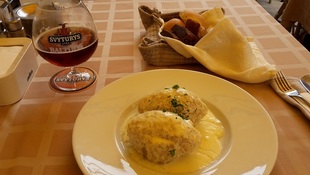 Zeppelins
Zeppelins I had a good lunch outside a perhaps touristy but good restaurant on the main old street, which supposedly specialised in traditional Lithuanian food.I noticed the Georgian male dancing troupe who performed earlier in the square, had been sent in there for lunch too, so it seemed a recommendation. I had a pickled herring starter with beetroot cream, and then “Zeppelins” which are a traditional massive dumpling of potato flour, filled with venison mince and smothered in butter sauce.
I visited a small Museum of the Holocaust: it pulled no punches, especially in explaining how the Lithuanian paramilitaries did most of the exterminations themselves , and didn’t seem to need much encouragement from the Nazis. The Ukrainian forces employed by the Nazis also were an unpleasant bunch. What I hadn’t realised was that when the Nazis and the Russians signed the non-aggression pact in 1939,not only did the Russians move into eastern Poland and start executing anyone they didn’t like, they did the same in Lithuania too,only to be ousted briefly by the Nazis before returning to continue inflicting more terror. Among the heroes in this dreadful time was “the Japanese Schindler”,the Japanese consul who ,defying orders from Tokyo,issued visas to about 3000 Jews who were then able to escape. Like the pigs replacing the farmers in 'Animal Farm', the same building in the centre of Vilnius was used by the Russian NKVD,then the Gestapo in 1940-44,then the KGB thereafter to interrogate and execute people, and is now a museum.
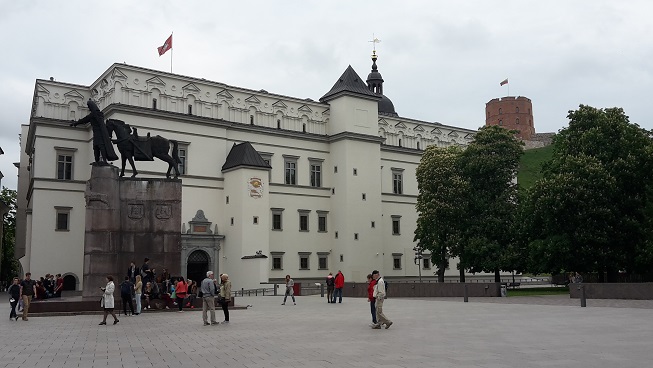
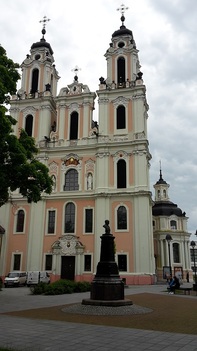
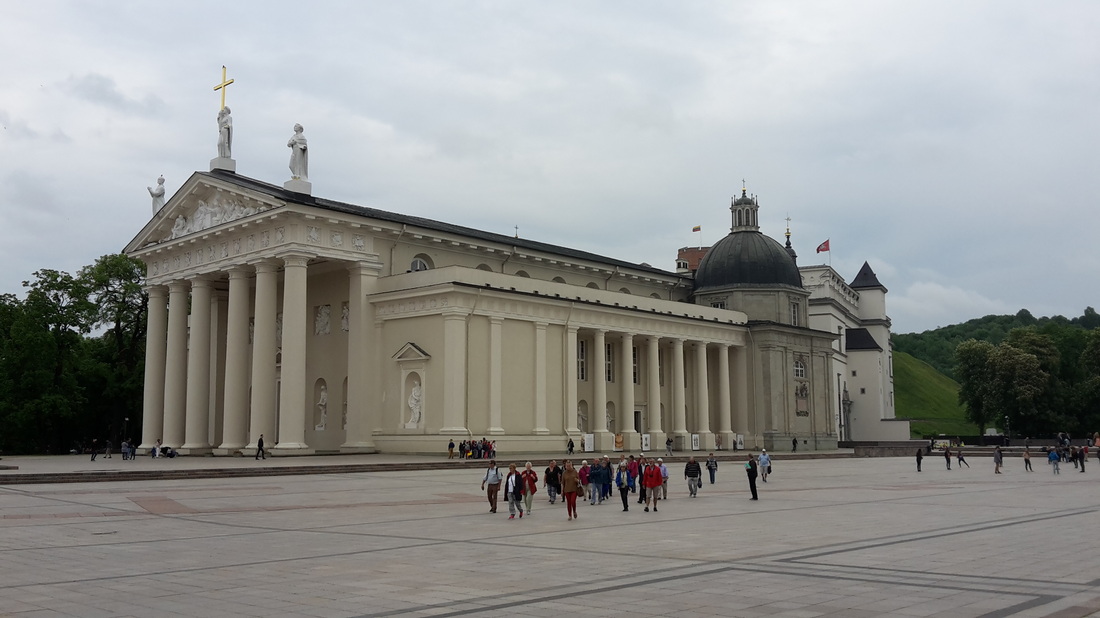
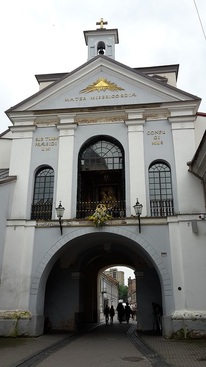
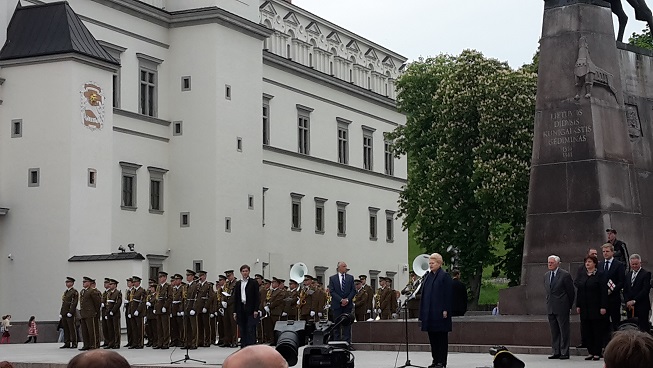
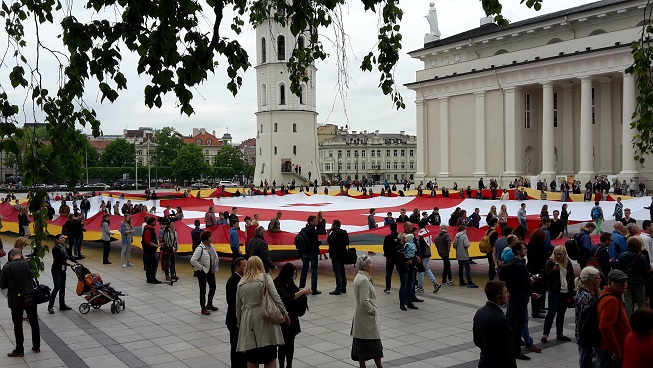
 RSS Feed
RSS Feed